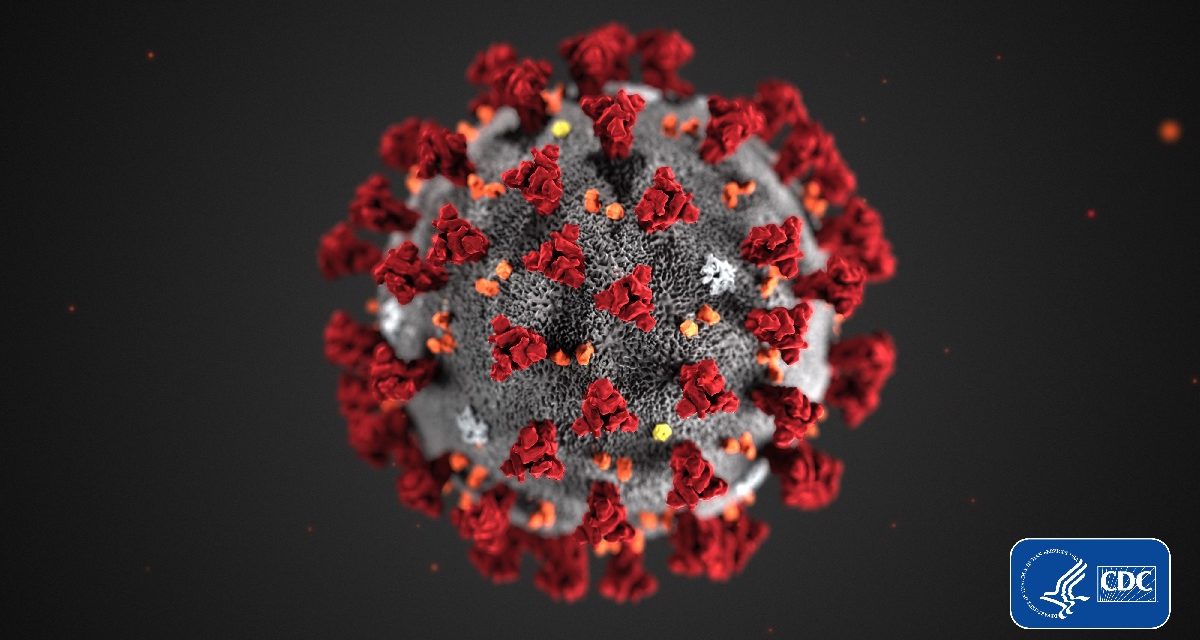
Counties, municipalities left to ‘chart their own course’ after court blocks safer-at-home order

Wisconsin counties and municipalities are scrambling to plot their own paths forward after the state Supreme Court struck down Gov. Tony Evers’ safer-at-home order Wednesday.
“Instead of a comprehensive, statewide approach to keep people safe we are seeing municipalities across the state chart their own course,” Evers said Thursday on a briefing call with reporters. “If you own businesses in multiple locations, or have employees who live in a different community than the one they work in, things are going to get very confusing, very fast.”
Evers talked with Republican legislative leaders Thursday morning about a potential administrative rule and the Department of Health Services issued a scope statement Thursday to start the process. But no agreement was reached and Evers said it could take weeks to go through the rulemaking process.
“The process under the law is not all that speedy,” Vos said during an interview with WTMJ Thursday. “By and large, it’s going to be something where I think in the end we will spend most of our time trying to figure out how we go forward rather than spending our time looking backwards.”
Meanwhile, municipal and county leaders are left on their own.
“This patchwork of policies will not be the most effective for protecting the health and safety of all Wisconsinites,” the Wisconsin Association of Local Health Departments and Boards and the Wisconsin Public Health Association said in a joint statement. They called on Evers and the GOP leaders to come together on a bipartisan solution.
Brown County Executive Troy Streckenbach said he was surprised not to see any statewide guidance after the Supreme Court decision, and expressed hope during a briefing Thursday that something would have come out of Thursday’s discussion between Evers and the GOP leaders.
“Most people knew that the state Supreme Court was going to come down,” he said. “We thought there would be an honest attempt to set aside politics and truly give statewide guidance at this time.”
He said many people who live in other counties work in Brown County, and many Brown County residents work in other counties.
“When we think about our economy here in northeast Wisconsin, it’s not just Brown County,” he said. “We needed to have a statewide approach to this.”
Brown County extended its safer-at-home order until May 20, and is waiting to see a downward trajectory of COVID-19 cases before things can reopen.
Brown joined several communities that have also extended their safer-at-home orders, including Dane, Milwaukee, Outagamie and Calumet counties as well as the city of Racine. Kenosha County issued its own safer-at-home order only to withdraw it on Thursday.
Most counties in the state issued no new order after the Supreme Court ruling and are opening back up.
“We have already seen essential businesses take extraordinary steps to continue to provide services while keeping their employees and members of the public safe, and there’s no reason why other businesses can’t do the same,” Waukesha County Executive Paul Farrow said Wednesday night after the ruling.
In a statement, the Washington Ozaukee Public Health Department said it “will issue no countywide orders limiting the public or businesses” and encouraged businesses reopening to check out their FAQ on how to do it safely.
Price and Marathon counties said they were awaiting state guidance.
“What’s happening as a result of [the Supreme Court ruling] is you are going to have exactly what many of us wanted to avoid, which is a real jigsaw puzzle of different orders throughout the state of Wisconsin,” Milwaukee Mayor Tom Barrett said Thursday. The city’s safer-at-home, which Barrett issued in March, remains in effect without a deadline.
Ryan Nilsestuen, Evers’ legal counsel, said Thursday afternoon that several counties had already reached out seeking guidance, and the administration is providing the information they can.
“But this will be a local decision,” he said. “They will have to take a look at what the impact is in their community and they will have to make a decision accordingly.”
The Department of Health Services announced an additional 373 COVID-19 cases Thursday, bringing the state’s total to 11,275. The death toll is now at 434 after 13 more Wisconsinites died.
There have been 122,598 negative tests.
Wisconsin Health News is removing the password on all stories related to the coronavirus. For the latest developments follow us on Twitter at @wihealthnews or check out our website. For complete healthcare coverage, sign up for a free trial to our daily email newsletter.





